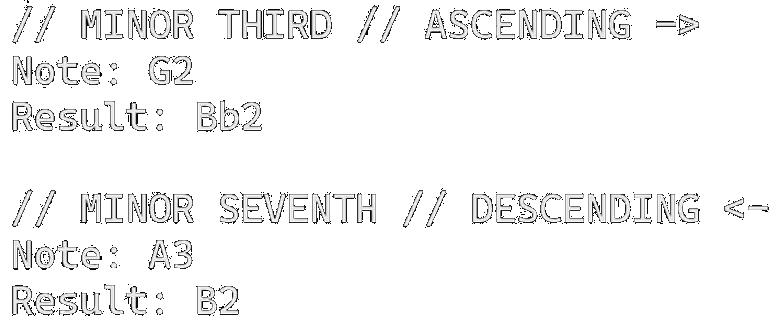Teaching
The purpose of this page is to
give a window into my teaching method. I have been giving private lessons and
teaching in formal academies
as a
parallel profession/passion
since I started my bachelor's degree. Through all these years of experience I have developed
a method for teaching guitar, improvisation and composition all intertwined and
have grown a deep love for it. The greatest reason being the satisfaction
of helping and guiding an individual on their artistic journey, but also, because
I often learn very much! If interested, you might continue reading for a more detailed overview of the 5 pillars of my teaching method.
I.Guitar
Learn all the notes, intervals, arpeggios, scales and chords necessary in the guitar fretboard to un-lock it and being
able to navigate freely through it.
Learn technical exercises to improve your expression, coordination, accuracy, agility, strenght and endurance in your playing, while avoiding tension and bad postures, reducing the risk of injury.
Learn technical exercises to improve your expression, coordination, accuracy, agility, strenght and endurance in your playing, while avoiding tension and bad postures, reducing the risk of injury.

five patterns to rule them all

II.Ear training
Having a trained ear capable of recognizing common intervals, chords and progressions is one of the fundamental tools for developing your musicality.
Some students come with some knowledge of ear training, but they cannot identify intervals without singing them aloud. The key is to develope inner hearing. Being able to hear an idea in your head before singing it or playing it while improvising is crucial.
Some students come with some knowledge of ear training, but they cannot identify intervals without singing them aloud. The key is to develope inner hearing. Being able to hear an idea in your head before singing it or playing it while improvising is crucial.
III.Improvisation
Improvisation is about being present in the moment, it’s not about doing mental calculations. Therefore, learning to simplify the way of
looking at harmony when improvising is essential.
Learn the necessary tools to improvise effectively in different contexts. Tonal and modal pieces of music requiere different approaches, as does free improvisation - a totally different world.
Learn the necessary tools to improvise effectively in different contexts. Tonal and modal pieces of music requiere different approaches, as does free improvisation - a totally different world.


tonality (circle) vs modality (line)
“A chord progression is a circle, and what you’re trying to do is play a straight line through a circle. When you play a modal piece of music or a music that’s very static, that’s a straight line, and you try to play a circle around it”
John Abercrombie.






IV.Rhythm
Rhythm is not just one of the most crucial aspects of music: it is the foundation of it. Many times, a melody, a solo or a comping doesn’t work not because of the notes you choose, but due to rhythm. In fact, rhythm can often legitimaze playing wrong notes and make them sound great.
As a result, cultivating a strong and precise rhythmic concept is essential for both your playing and composing practice.
As a result, cultivating a strong and precise rhythmic concept is essential for both your playing and composing practice.
V.Transcription
Often, students approach me with the fear of sounding too much like the artist they are transcribing. Transcription is not simply ‘copying’ the masters. You won’t lose your artistic individuality by transcribing them. On the contrary,
learning to interiorize the music
ideas of your influential artists that most resonate with you and conect them to your individual artistic language will help you find and develope your own voice.
Solo transcription from Quasar by Christy Doran, Stephan Wittwer and Fredy Studer















I’ve always found it essential to learn from the greatest, which is why my method is based on the teaching legacy of a series of renowed figures in guitar pedagogy and/or improvisation such as Ted Greene, George Van Eps, Lennie Tristano, Mick Goodrick, Hal Galper, and many others who have taught or have been a main influence and a source of inspiration to musicians who are now among the best.
If you’ve made it this far and you are interested in having classes with me, or still have unresolved questions, please, reach out to me by email and I will be very glad to help you :)
If you’ve made it this far and you are interested in having classes with me, or still have unresolved questions, please, reach out to me by email and I will be very glad to help you :)